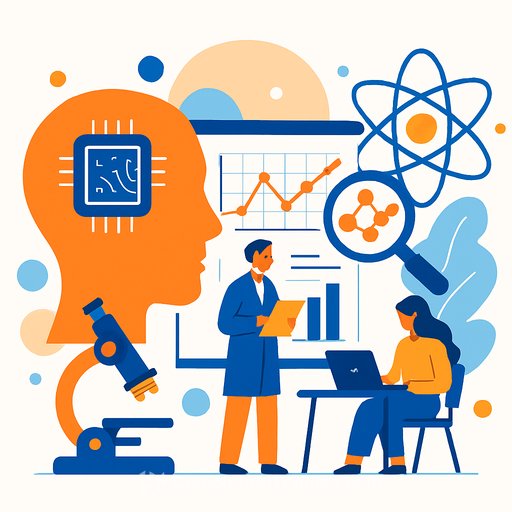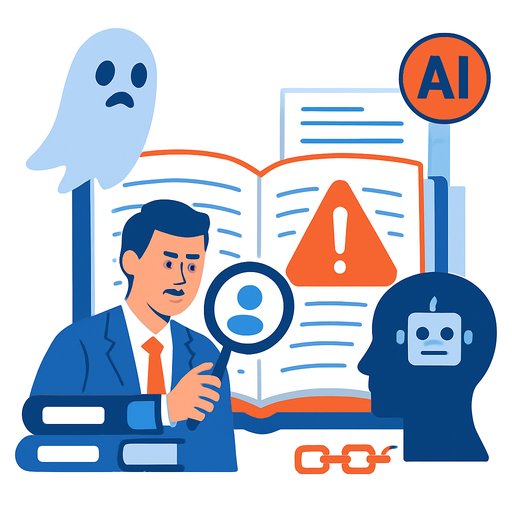AI is Everywhere: Insights from a Massive New Study
A comprehensive new study scanned over a million scientific papers published between 2020 and 2024 to detect traces of artificial intelligence (AI) use. The findings are clear: AI tools are now deeply embedded across scientific research. Published recently in Nature Human Behaviour, the study employed innovative methods to identify AI-generated text within abstracts and introductions.
Researchers noticed that while early attempts to use AI in writing sometimes left obvious clues—like leftover prompts or phrases such as “regenerate response”—authors have since adapted. To detect subtler AI use, the team developed a statistical model comparing word frequencies in pre-AI era texts with newer papers. They identified certain words, including “pivotal,” “intricate,” and “showcase,” appearing more often in AI-assisted writing than in human-only texts.
Variation of AI Use Across Research Fields
The study revealed uneven AI adoption across disciplines. Computer science papers showed the highest AI influence, with 22.5% of sentences containing AI-generated elements. Physics and mathematics lagged behind, with 9.8% and 7.8% respectively. This suggests that research areas closest to AI technology are more likely to integrate it into their writing process.
Shorter papers and those emerging from highly competitive fields tend to exhibit more AI involvement. This might reflect pressures to publish quickly or present complex ideas clearly. As a result, many academic journals have updated their guidelines to address AI use explicitly.
Journals’ Stance on AI Use in Research Writing
Leading journals like Science and Nature have set clear policies: AI tools cannot be credited as authors, but they may assist with editing tasks such as grammar and style improvements. Some journals require authors to disclose the specific AI prompts or tools used in the methods section, promoting transparency.
Stealthy AI use carries risks. Besides the potential for introducing errors or “hallucinations,” researchers may face scrutiny from databases tracking AI-related misconduct. The emphasis remains that AI should support, not replace, the critical thinking and interpretation that researchers bring to their work.
As one editorial put it, machines serve as instruments for those designing experiments and analyzing outcomes, but the final intellectual contribution must come from the human mind.
Practical Takeaways for Researchers and Writers
- Understand that AI tools are increasingly common in scientific writing, but their use must be transparent and ethical.
- Familiarize yourself with journal policies regarding AI assistance to ensure compliance before submitting manuscripts.
- Use AI to support tasks like grammar editing or formatting, but maintain responsibility for hypothesis formulation, data interpretation, and conclusions.
- Stay updated on AI detection methods and potential pitfalls, as misuse can harm credibility and lead to retractions.
For those interested in learning more about how AI integrates into research and writing workflows, exploring targeted AI courses can be valuable. Resources like Complete AI Training's latest AI courses offer practical guidance on responsible AI use.
Your membership also unlocks:










